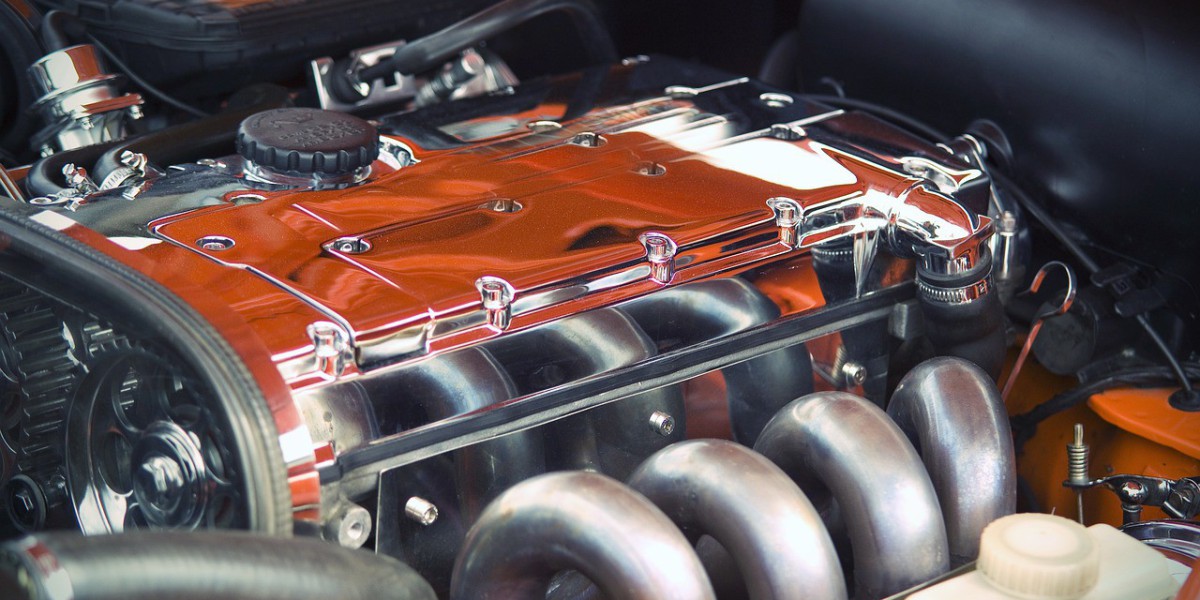Turbocharged engines have become increasingly popular in both consumer vehicles and performance cars in the recent past. As manufacturers seek to balance power with efficiency, turbos have emerged as a go-to solution for achieving both objectives. This comprehensive analysis explores the advantages and disadvantages of turbocharged engines, helping potential buyers make informed decisions about their next vehicle purchase.
Advantages of Turbocharged Engines
- Enhanced Power Output: One of the most significant benefits of turbocharged engines is their ability to generate substantial power from relatively small displacement engines. By forcing more air into the combustion chamber, turbos enable engines to produce significantly more power than their naturally aspirated counterparts. This makes performance upgrades more accessible and effective for enthusiasts looking to maximise their vehicle's potential.
- Improved Fuel Efficiency: Turbocharged engines often deliver better fuel economy compared to larger naturally aspirated engines producing similar power. This efficiency comes from the ability to use smaller displacement engines that consume less fuel during normal driving conditions while still providing power on demand when needed.
- Reduced Emissions: With growing environmental concerns and stricter emission regulations, turbocharged engines offer a practical solution. Their smaller displacement and improved efficiency typically result in lower CO2 emissions compared to larger engines with similar power output.
- Better High-Altitude Performance: Turbocharged engines maintain their performance better at high altitudes compared to naturally aspirated engines. As air density decreases with altitude, turbochargers can compensate by forcing more air into the engine, maintaining power output where naturally aspirated engines would suffer.
- Enhanced Torque Characteristics: Turbocharged engines typically produce peak torque at lower RPMs, providing better low-end acceleration and improved drivability in everyday situations. This characteristic makes turbocharged vehicles feel more responsive during normal driving conditions.
Disadvantages of Turbocharged Engines
- Increased Complexity: The addition of turbo accessories and associated components increases the overall complexity of the engine system. This complexity can lead to more potential points of failure and higher maintenance costs over time. Components like blow off valves, intercoolers, and wastegates require regular inspection and maintenance.
- Turbo Lag: Despite technological advances, turbo lag remains a consideration in turbocharged engines. This delay between pressing the accelerator and feeling the full power output can be noticeable, particularly in older or larger turbocharged systems. While modern designs have minimised this effect, it hasn't been completely eliminated.
- Higher Operating Temperatures: Turbocharged engines generally run hotter than their naturally aspirated counterparts due to the compressed air and increased pressure in the system. This can lead to increased stress on engine components and potentially shorter engine life if not properly maintained.
- More Expensive Maintenance: The additional complexity of turbocharged engines often results in higher maintenance costs. Regular oil changes become more critical, and specialised knowledge may be required for repairs. When problems do occur with turbos, repairs can be significantly more expensive than those for naturally aspirated engines.
- Potential for Reduced Reliability: While modern turbocharged engines are generally reliable, they can be more prone to problems if not properly maintained or if driven aggressively. The additional heat and pressure created by turbos can accelerate wear on engine components if regular maintenance is neglected.
Considerations for Potential Buyers
When considering a turbocharged vehicle, potential buyers should carefully evaluate the following factors:
- Driving Style and Usage Patterns
- City Driving: Frequent short trips and stop-and-go traffic can be less ideal for turbocharged engines as they may not reach optimal operating temperatures. This can lead to increased wear and reduced efficiency.
- Highway Driving: Turbocharged engines excel in highway conditions where steady-state operation allows for optimal performance and efficiency.
- Performance Driving: If you plan on track days or aggressive driving, consider models with robust cooling systems and proven reliability records.
- Cold Climate Operation: Turbocharged engines may require longer warm-up periods in cold weather to protect engine components.
- Maintenance Commitment
- Service Intervals: Expect more frequent oil changes (typically every 5,000-7,500 miles) using high-quality synthetic oils specifically rated for turbocharged engines.
- Cost Planning: Budget for potential maintenance costs:
- Regular inspections of turbo components.
- More frequent spark plug replacements.
- Possible intercooler cleaning.
- Premium fuel requirements in many models.
- Preventive Maintenance: Schedule regular inspections of:
- Boost lines and clamps.
- Intercooler condition.
- Turbo bearings and seals.
- Oil feed and return lines.
- Performance Modification Potential
- Tuning Opportunities: Turbocharged engines often offer significant power gains through relatively simple modifications:
- ECU tuning/remapping.
- Upgraded intercoolers.
- Enhanced turbo components.
- Improved intake and exhaust systems.
- Warranty Considerations: Understand how modifications might affect your vehicle's warranty coverage.
- Insurance Implications: Some modifications may impact insurance rates or coverage.
- Long-term Ownership Considerations
- Depreciation Factors: Research model-specific depreciation rates, as some turbocharged vehicles may depreciate faster than naturally aspirated alternatives.
- Reliability History: Investigate:
- Common problems for specific models.
- Average repair costs.
- Documented longevity of the engine design.
- Resale Value: Consider:
- Market demand for turbocharged variants.
- Regional preferences.
- Future emissions regulations that might affect value.
- Financial Planning
- Purchase Costs:
- Higher initial purchase price compared to naturally aspirated equivalents.
- Premium fuel requirements in many cases.
- Potentially higher insurance rates.
- Operating Costs:
- Fuel efficiency benefits vs. premium fuel requirements.
- Maintenance reserve fund recommendations.
- Insurance cost variations.
- Manufacturer Reputation
- Research specific manufacturers' track records with turbocharged engines.
- Compare reliability ratings across different brands.
- Investigate dealer support and service network quality.
- Review technical service bulletins and recall history.
- Personal Priorities
- Performance vs. Efficiency: Determine whether you prioritise performance capabilities or fuel economy
- Complexity vs. Simplicity: Consider your comfort level with more complex automotive technology
- Cost vs. Benefits: Weigh the higher costs against the perceived benefits for your specific situation
- Environmental Impact: Consider the emissions benefits of smaller turbocharged engines if environmental impact is a priority
Turbocharged engines offer compelling advantages in terms of power, efficiency, and environmental impact. However, these benefits come with trade-offs in complexity, maintenance requirements, and potential reliability concerns. The decision to choose a turbocharged vehicle should be based on individual needs, driving habits, and willingness to maintain the vehicle properly.
For many modern drivers, the benefits of turbocharged engines outweigh the drawbacks, explaining their increasing popularity in the automotive market. However, success with a turbocharged vehicle depends largely on understanding its unique characteristics and maintaining it accordingly. With proper care and attention, turbocharged engines can provide an excellent balance of performance and efficiency for years to come.



